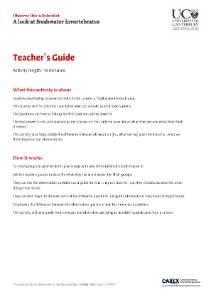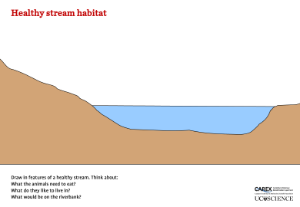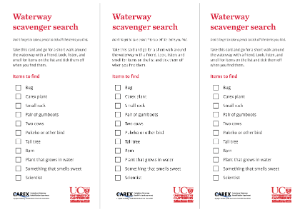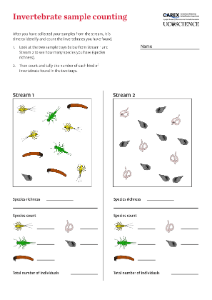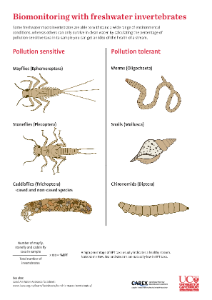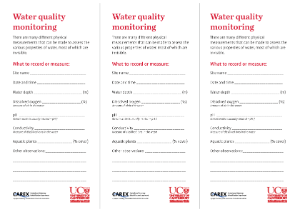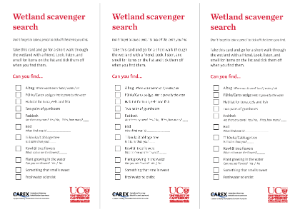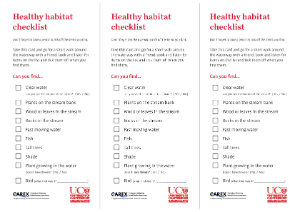The Freshwater Biodiversity Box includes the tools to sample freshwater invertebrates, information on sampling methods, invertebrate identification guides and activities based on three key concepts:
- healthy freshwater habitats;
- invertebrates as biomonitoring tools; and
- food webs.
The Freshwater Biodiversity Box was developed by the CAREX team (www.carex.org.nz) at the University of Canterbury’s School of Biological Sciences with the $2000 prize from the Canterbury Aoraki Conservation Board Award & Trophy received in 2017. This award recognises the efforts of local groups and individuals supporting conservation within the wider Canterbury region and is supported by the Isaac Conservation and Wildlife Trust. CAREX was recognised with the prestigious award for their efforts in improving freshwater biodiversity and ecosystem healthy in agricultural waterways.
CAREX (Canterbury Waterway Rehabilitation Experiment) was an agricultural waterway restoration experiment that ran in 2013-2018. CAREX worked with farmers, councils, stakeholders and the public to co-develop and trial solutions to rehabilitate freshwater ecosystems. CAREX tested practical tools to address aquatic weed, sediment and nutrient management issues in lowland Canterbury to improve waterway health. More information on the project can be found at www.carex.org.nz. The full CAREX collection of handouts, newsletters, and posters are available at www.tinyurl.com/carextips.


